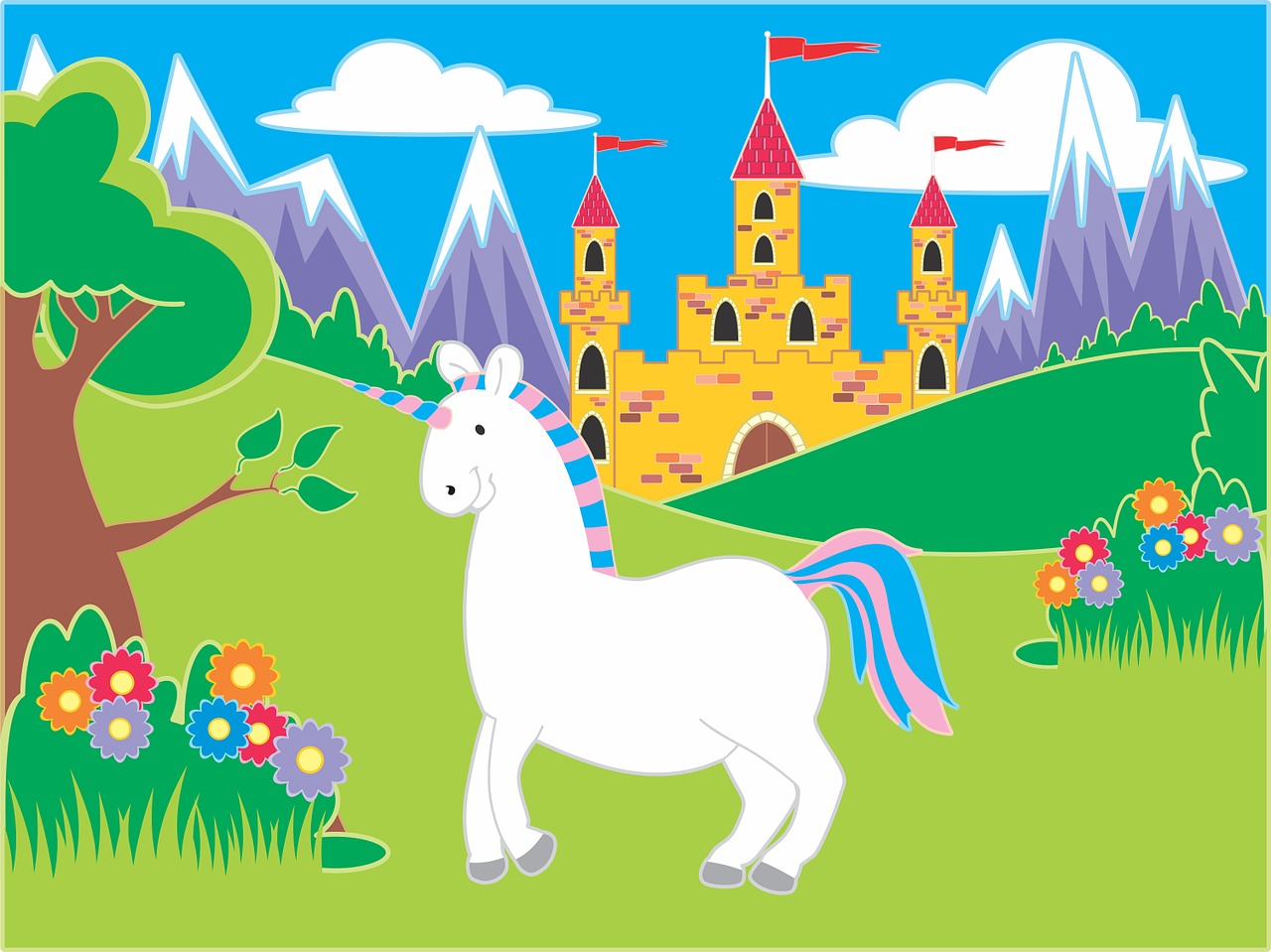There are many kinds of stories that parents tell their children, one of which is a fairy tale with some characters in it. The characters are played by speaking animals and such complete stories are called fables. They contain moral messages for humans such as a sense of responsibility, honesty, and attitude. There are many points about fables including understanding, characteristics, and types. All of these are included in this post to make you understand the structure of fables.
The animals which play a role in the fable stories can act like humans and they can think, behave, show emotions like humans in general. Fables are usually made with the purpose of educating children so that they can live a civilized and real-life by imitating some animal figures who play good roles. The reason behind animals’ involvement in fable stories is children who like animal figures when they are funny. Read more about fables characteristics on Pendidikan.co.id.
Classical Fables
These types of fables are the stories that have been in existence since ancient times and known to the people since they have appeared. Classical fables are passed orally by parents to their children and automatically connect with the next generation. The classical fable story that we hear is often played by deer, cows, and buffaloes. These stories are short with a simple theme. They are dense with a moral message for children.
Modern Fables
The modern fables are the stories that have appeared in recent times and now they are improvised or written by modern authors as a literary expression. Most of these stories are based on the current situations that are happening in the world. Modern fables are more in numbers than the classical fables. Animal characters in the modern fables are in different varieties including snakes, birds, lions, fish and many more. Modern fable is also available online on many platforms. Visit Dosenpendidikan.co.id for detailed explanation on such fables and how they contribute to the growth of children.
Text Structure of Fable Stories
Both classical and modern fables’ text story is divided into many sections including orientation, complication, resolution, and code. Orientation contains the introduction of the character, setting, place and time. The complications are the main characters that deal with problems and are the core part of the fabled story. Resolution is the continuation of Complication which is a stage of problem-solving. The problem that was created in the Complication section must be solved in the Resolution section. The last section Code is for understanding the lesson that the fable was trying to teach.

